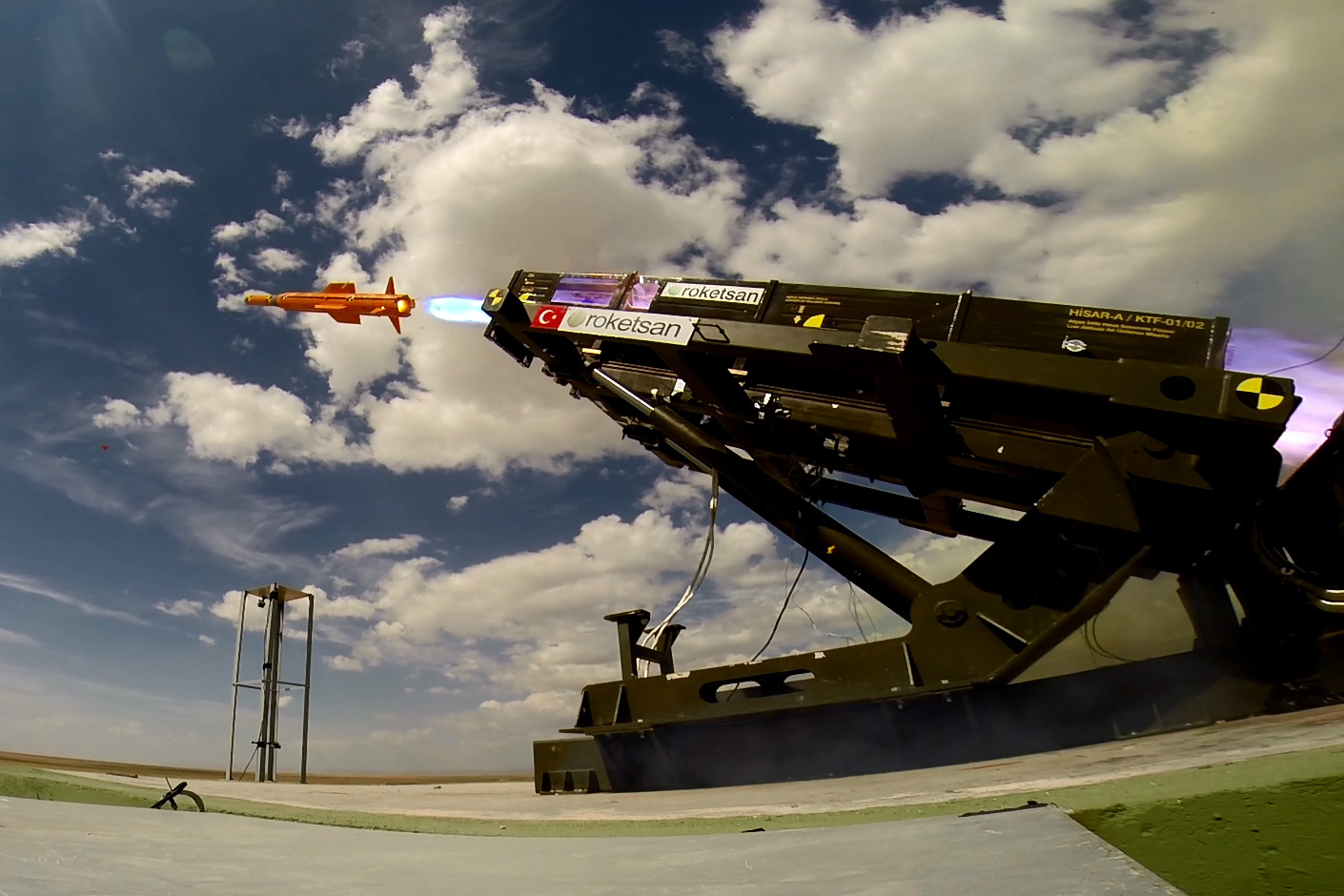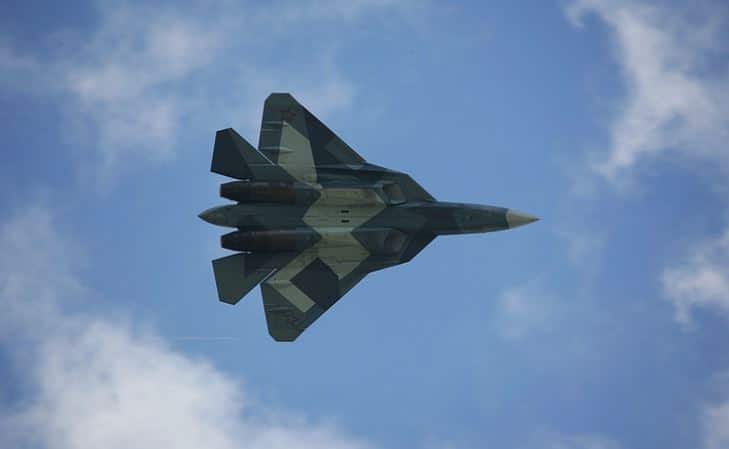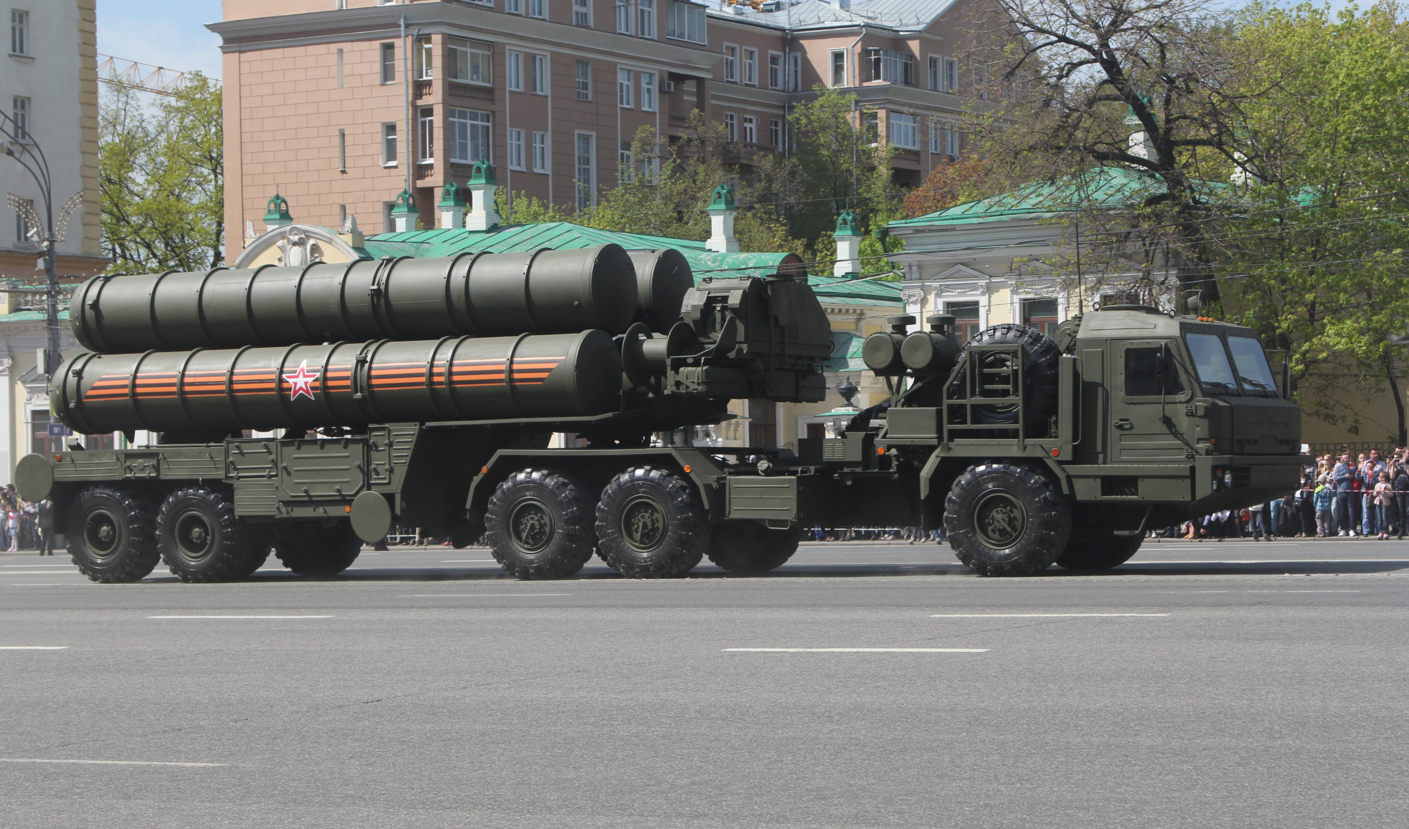2221Views 3Comments

Aselsan, Roketsan & TÜBİTAK SAGE sign onto Turkey’s air defence program
The Turkish defence electronics producer Aselsan announced that it signed onto a business partnership with fellow Turkish companies Roketsan and TÜBİTAK SAGE to implement the long-range surface-to-air missile (SAM) system commissioned by Turkey’s Undersecretariat for Defence Industries (SSM).
In a disclosure released for the Istanbul stock exchange Borsa Istanbul (BIST), Aselsan’s share under the partnership would be $227 million and $342 million U.S. Deliveries are to begin in 2021.
This follows the SSM awarding a contract on January 05 to Aselsan, Roketsan and the Eurosam Consortium to jointly undertake a definition study for Turkey’s national long-range SAM program within 18 months.
Aselsan is Turkey’s primary defence electronics vendor (along with Havelsan), while Roketsan is primarily a munitions maker though it has expertise in ballistic armour and materials. TÜBİTAK SAGE (i.e. Defence Industries Research and Development Institute) is a research and development institute with competency in munitions development, most recently Turkey’s new air-to-air missiles.
The Turkish long-range SAM is expected to interoperate with NATO’s air defence umbrella and equip the Turkish Navy’s future anti-air warfare (AAW) frigate, the TF-2000. The Turkish-French-Italian partnership is also hopeful of exporting the long-range SAM program to third-party states.
Aselsan and Roketsan are also developing a short and medium-range SAM system platform – the HİSAR-A and HİSAR-O, which have ranges of 15 km and 25 km, respectively. The HİSAR use solid-propellant dual-pulse rockets with mid-course inertial navigation systems and terminal-stage imaging infrared seekers.
Turkey is expected to use the HİSAR in concert with its Korkut self-propelled anti-air gun, which uses three twin-35-mm cannons paired to a command and control vehicle.
Pairing the Korkut to the HİSAR and Aselsan Mobile Search Radar, an active electronically-scanned array radar with an instrumented range of 70+ km, could yield a robust and mobile low-level air defence suite.
In December 2017, Aselsan signed a $413.27 million U.S. deal with the SSM to supply a short-range, low-altitude air defence system to the Turkish Armed Forces. Deliveries will take place in 2019-2022.
In terms of long-range SAM systems, Turkey also signed a deal with Russia for the S-400 in 2017. The $2.5 billion U.S. purchase includes one S-400 system along with an option for a second system. In addition to a down-payment from Ankara, the deal is also being backed by a loan from Moscow.



3 Comments
by Hashim Rasheed
Turkey is making great strides in trying to develop the expertise and systems that can compete with European and Western systems. And they doing that in all spheres of the defense spectrum. I am surprised that Pakistan has spent so much time and effort on developing ballistic and cruise missiles, but there has been no worthwhile development in surface-to-air munitions. Apart from Anza, shoulder-launched short range missile, there has not been any weapons that have been developed locally, and there are no rumors of any advancement in that area either.
by Steve
I agree we need to get into collaboration and development on an emergency basis as we are falling behind regional adversaries. Too much institutional inertia and mediocre performance around, plus a lot of screw driver-giri dressed up as original R&D.
by Khalid Riaz
Pakistan needs to rethink its traditional approach of seeking to exploit PAF’s qualitative edge (better pilot capability and better fighters) via-a-vis India . While maintaining the edge in the pilot capability remains important, increasingly sophisticated western fighters are now available to India. Moreover, the acquisition of S-400 long range SAM by that country would constrain the PAF even in Pakistan’s own airspace. Both these developments call for a comprehensive review of the traditional strategy.
In the post 1998 scenario, India developed the Cold Start doctrine (or what they call a pro active conventional war strategy) involving highly coordinated rapid operations against Pakistan, aimed at delivering punishing blows to Pakistan’s armed forces. The Cold Start doctrine envisages achieving these objectives quickly enough before the international community could intervene, and keeping the objectives limited enough so that Pakistan is unable to justify using nuclear weapons. The Cold Start could be triggered by an actual or alleged attack against India attributed to Pakistan based non-state actors. So it is quite a destabilizing posture.
Pakistan’s response has included the development of tactical nuclear weapons (Nasr missile), continuing down the road of achieving/maintaining qualitative edge by PAF, and adopting a sea denial strategy based on induction of new and upgraded submarines equipped with AIP systems.
The tactical nuclear weapons are not without risks, chiefly due to the lowering of the nuclear threshold, and due to the need to hand the control over these weapons to levels much further down the chain of command.
The second component of strategy sees the JF-17 (especially, the AESA equipped, Block-3) as PAF’s qualitative driver for the time being. PAF may induct another off-the-shelf 4.5 generation fighter, and plans to develop a 5th generation advanced fighter aircraft in the long run.
There are two natural complements to the above mentioned Pakistani strategy. The first is a robust air-defense system based on multiple layers of SAMs, particularly a long-range SAM. This would not only target IAF’s numerical superiority but by helping deny them battlefield and theater level air superiority, it would directly degrade the integration of cold start operations, which is the bedrock of that doctrine. The Indian armored strike corps would have to fend for themselves without decisive air support.
With the acquisition of attack helicopters in significant numbers (from China, Turkey and possibly Russia), Pakistani defense forces would combine lethal firepower with the high mobility, enabling them to respond very rapidly to an attempted armored incursion. This capability would nevertheless need to be backed up by numerical and qualitative improvements in Pakistani armor.
Pakistan has been initially slow to leverage the full potential of the armored element of the defensive strategy, largely due to its emphasis on strategic weapons and delivery systems, as well as the resource constraints imposed by the on-going modernization programs for other conventional arms. However, the defense planners should now consider upgrading the armored corps both numerically and qualitatively.
Unlike the Indian naval and air assets, their investments in tanks do not threaten China. So India gets less benefit from buying tanks. Other things being the same, it would prefer to free up resources for more adequately countering the Chinese threat by buying other redeploy-able weapon systems that could also be readily used against Pakistan. By investing in a dense air-defense system, attack helicopters, and strong armor corps, Pakistan would deny India the dual, two-front, benefits of its defense purchases.
I believe such a tactical response carries less risk than battlefield nuclear weapons. It would raise the opportunity cost of Cold Start, because the doctrine would now require more Pakistan-specific weapons obtained by diverting resources away from balancing China. This would have an additional deterrent value and a stabilizing effect in South Asia.